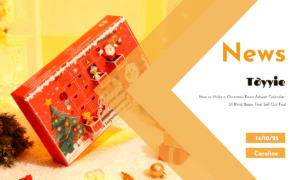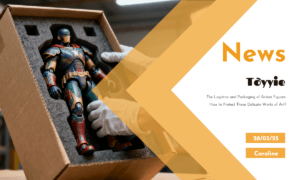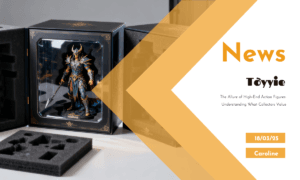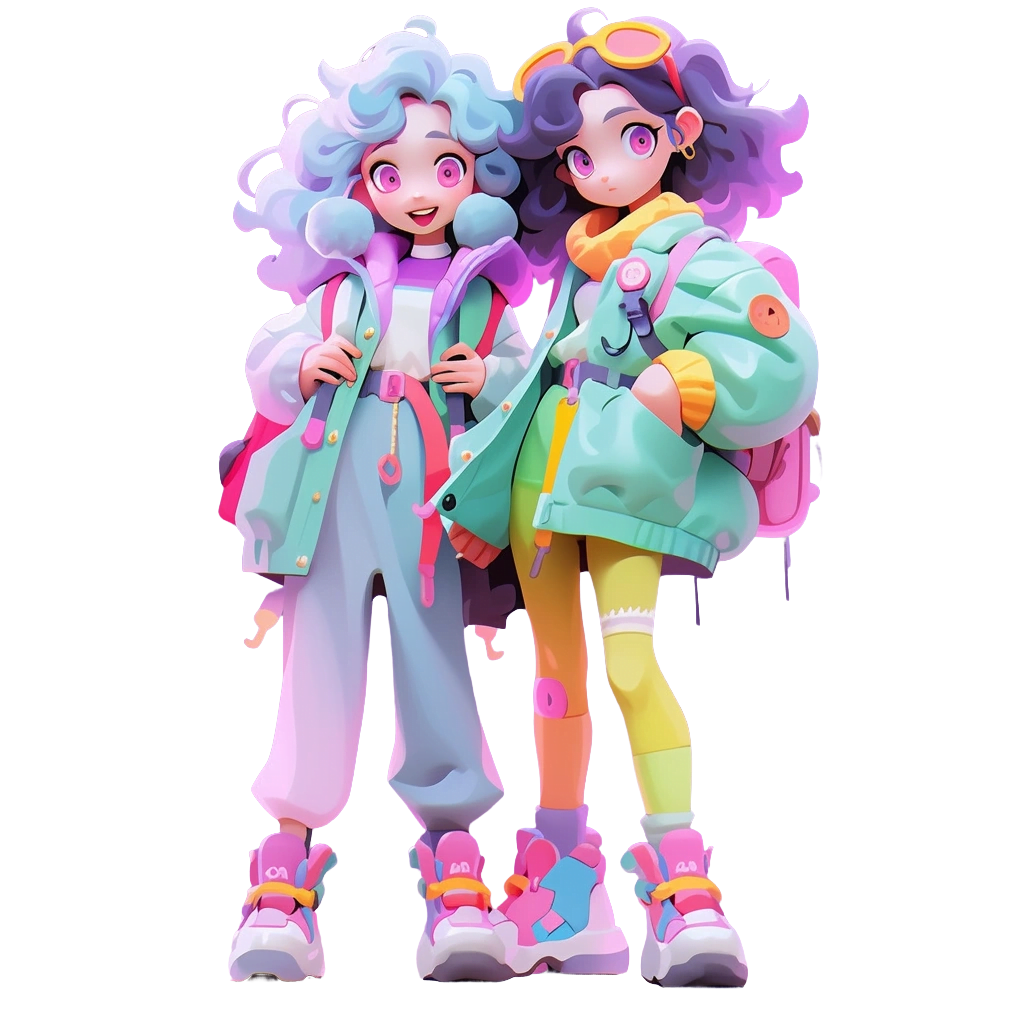📌 Introduction📌
There’s a cardboard box in my attic that I haven’t opened in years. Inside are relics of my childhood: a well-loved Teddy Ruxpin with one missing eye, a stack of Pogs, and a Tamagotchi that probably still owes me a virtual funeral. These toys weren’t just playthings—they were time machines. They connected me to moments of pure joy, like the thrill of finally beating my brother at Hungry Hippos or the pride of building a LEGO castle that didn’t collapse (for at least 10 minutes).
Fast-forward to today, and something surprising is happening. Those same toys from the ’80s, ’90s, and early 2000s are making a comeback. Walk into a Target or browse Amazon, and you’ll see shelves stocked with retro editions of Lite-Brite, Cabbage Patch Kids, and even the once-dreaded Furby. Social media feeds are flooded with unboxing videos of vintage My Little Ponies, while adults in their 30s and 40s proudly display their collections of vintage action figures. What’s driving this resurgence? It turns out, nostalgia isn’t just a warm, fuzzy feeling—it’s a cultural and economic force.
The Science of Nostalgia: Why We Cling to the Past 🧠
Nostalgia is more than a sentimental longing for “the good old days.” Psychologists call it a “bittersweet emotion,” blending joy from cherished memories with a touch of sadness for times gone by. But why does it make us want to buy toys we haven’t touched in decades?
Comfort in Chaos 🛡️
In a world that feels increasingly chaotic—climate crises, political divides, and the relentless pace of technology—nostalgia offers an anchor. A 2021 study in *Nature* found that nostalgic reflection reduces stress and boosts resilience. For many, retro toys are a tangible link to simpler times. Holding a vintage Etch A Sketch or winding up a Transformers toy isn’t just play; it’s a ritual that reconnects us to childhood innocence.
Generational Bonding 👨👩👧👦
Retro toys are bridging gaps between generations. My 6-year-old niece recently asked, “What’s that?” while pointing to my old Game Boy Color. An hour later, we were side-scrolling through *Super Mario Land*, her eyes wide as I explained the agony of losing a life because I forgot to pause. Companies like LEGO and Fisher-Price have capitalized on this, releasing retro sets (like the LEGO Classic Space line) that parents can share with their kids. It’s not just about the toy—it’s about passing down stories and creating new memories.
The Anti-Digital Movement 📵
Let’s face it: we’re drowning in screens. The average American spends over 7 hours a day on digital devices. Retro toys offer an antidote. There’s no Wi-Fi required to play with a Slinky or a set of Lincoln Logs. They demand presence and imagination, qualities increasingly rare in our pixelated lives. As one Millennial mom told me, “I’d rather my kids argue over Hungry Hippos than an iPad.”
Cultural Icons: How Retro Toys Shaped—and Are Shaping—Pop Culture 🌟
Retro toys aren’t just relics; they’re cultural touchstones. Here’s how they’ve left their mark:
LEGO: From Building Blocks to Blockbusters 🧱
LEGO’s resurgence is a masterclass in nostalgia marketing. In the early 2000s, the company nearly went bankrupt. Then, it leaned into its legacy, releasing sets based on classic themes (Pirates, Space) and partnering with franchises like *Star Wars* and *Harry Potter*. Today, adult fans (AFOLs) spend thousands on intricate sets like the 9,090-piece Colosseum. LEGO’s success proves that nostalgia, when paired with quality, is timeless.
Tamagotchi: The Original Digital Pet 🐾
In 1997, Tamagotchi fever swept the globe. Kids (and let’s be honest, adults) obsessed over keeping their virtual pets alive. The toy’s 2017 reboot, the Tamagotchi On, sold out instantly. Why? It tapped into a collective “remember when?” moment. Bandai even released a “Vintage” edition, complete with pixelated graphics and the same tiny screen that once caused so many sleepless nights.
Furby: The Toy That Terrified a Generation 🐹
Furbies were the must-have toy of 1998—and the source of countless nightmares. Their erratic movements, garbled “Furbish” language, and tendency to “die” if neglected made them both beloved and feared. Today, Furbies are back, but with a twist: they’re collectors’ items. A first-generation Furby in mint condition can fetch over $1,000 on eBay. It’s a testament to how even polarizing toys can become cultural artifacts.
Nerf: The Weaponization of Nostalgia 🎯
Nerf blasters are another retro toy thriving in the modern era. The original 1992 Nerf Ball was a simple foam ball; today’s models, like the Nerf Ultra One, can fire darts up to 120 feet. But the appeal isn’t just about power—it’s about reliving backyard battles and sibling rivalries. Hasbro’s “Retro” line, featuring throwback designs, has been a hit with adults who want to reclaim their “glory days.
The Hunt: Collecting and Restoring Retro Toys 🔍
For many enthusiasts, the joy of retro toys isn’t just in playing with them—it’s in the chase.
Thrift Stores and Flea Markets 🛒
“I found a mint-condition Strawberry Shortcake doll at a garage sale for $3,” says Sarah, a 34-year-old collector. “It smelled like the ’80s in a box.” Thrifting isn’t just budget-friendly; it’s a treasure hunt. Each discovery feels like unearthing a piece of history.
Online Marketplaces 💻
eBay and Etsy are goldmines for rare finds. A 1983 My Little Pony with original tags can go for hundreds. But buyer beware: counterfeit toys are rampant. “I once bought a ‘vintage’ Care Bear that turned out to be a modern knockoff,” laughs Mark, a seasoned collector. “The eyes were all wrong.
Restoration Artistry 🎨
Some collectors go beyond buying—they restore. YouTube channels like *Toy Archaeologist* teach fans how to repair broken Barbie camper vans or repaint faded He-Man figures. It’s a labor of love, blending craftsmanship with nostalgia.
The Future of Retro: Will the Trend Last? 🔮
As I write this, my 3-year-old daughter is negotiating for a new toy. “Can I get a Rubik’s Cube, Dad? The one you used to play with?” He doesn’t know it yet, but he’s not just asking for a puzzle—he’s asking for a connection to a past he never experienced.
The retro toy revival isn’t a fad; it’s a reflection of our need for continuity in a fragmented world. Companies that understand this—those that blend nostalgia with innovation (like LEGO’s app-connected sets or Tamagotchi’s Bluetooth-enabled pets)—will thrive.
But for me, the magic lies in moments like the one I had last weekend. My son and I sat on the floor, surrounded by my old Hot Wheels. He marveled at the neon colors; I marveled at how, for an hour, time didn’t matter. We were just two kids, racing cars and laughing.
Maybe that’s why retro toys endure. They’re not just plastic and paint. They’re time capsules, carrying stories that outlast generations.
What’s YOUR Retro Toy Story? 🗣️
Do you have a beloved toy from your past that you’d love to revisit? Share your memories in the comments—I’d love to hear about the toys that shaped your childhood!









